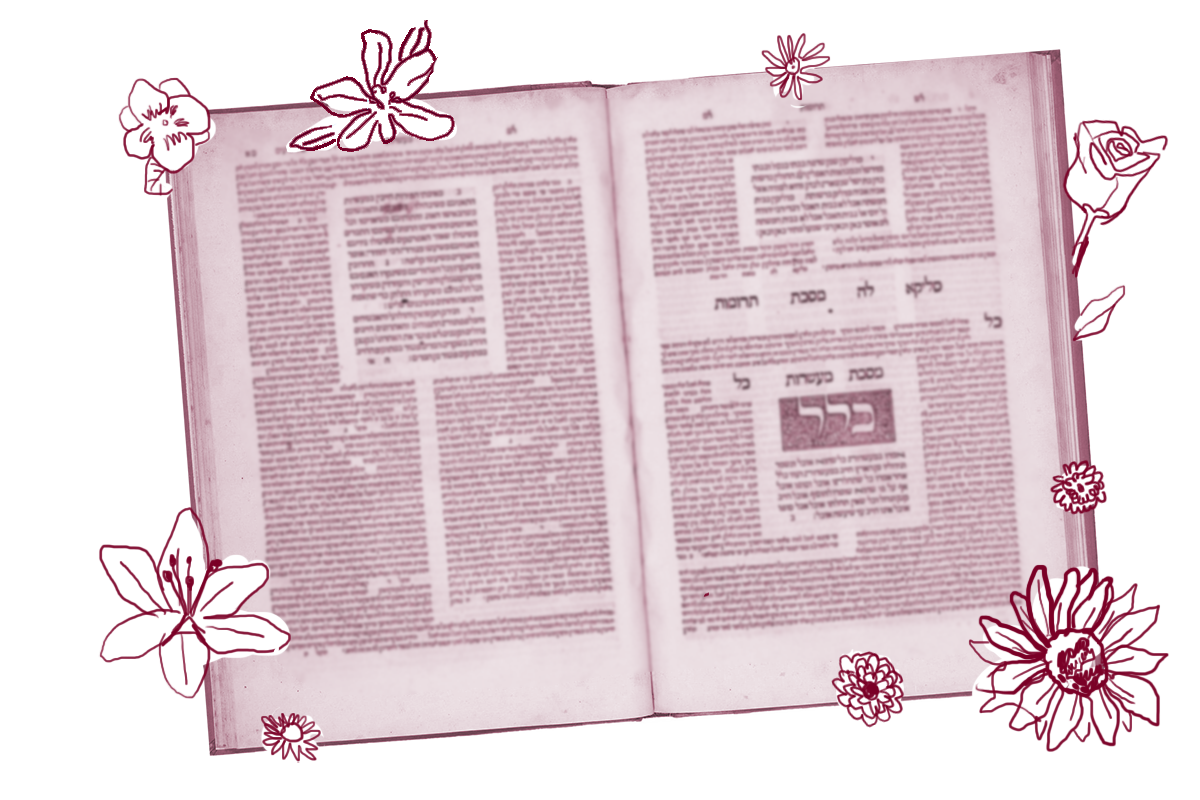To best understand the discussion of virginity claims, we must revisit Deuteronomy 22 which describes a situation in which a husband lies about his wife’s lack of virginity on the wedding night in order to get out of his marriage. If he is believed, the bride will be stoned for flaunting sexual mores and attempting to deceive her groom. However, the parents present evidence to counter the groom’s unsubstantiated claims: a blood-stained bed sheet to testify to the bride’s intact hymen on the wedding night.
Through the examination of the sheet, the Bible seeks to protect women from a groom who would fabricate such a damaging libel, and early midrashic interpreters expand this protection. In the eyes of the Sifre (an early rabbinic midrashic commentary on Deuteronomy) the examination of the blood represents the examination of witnesses, meaning a groom making a claim of non-virginity must bring actual witnesses to the fact that the bride had sex with another man after her official betrothal to her husband. This greatly limits the definition of non-virgin and raises the bar of proof of non-virginity, placing the burden of proof squarely on the husband.
On yesterday’s daf, too, the rabbis cast doubt on a husband’s ability to prove a claim of non-virginity. However, our daf records a surprising position from Rav Nahman in the name of Shmuel that accepts the husband’s subjective testimony:
They deemed the groom credible in that if he says, “I encountered an unobstructed orifice,” he is deemed credible.
With your help, My Jewish Learning can provide endless opportunities for learning, connection and discovery.
If, upon entering his bride for the first time, says Rav Nahman, the groom discovers she is relatively easy to penetrate, his testimony is considered adequate proof that she is not a virgin.
Biologically, we know that women who have not previously been penetrated can still be “unobstructed.” Moreover, this approach appears to award unjust power to men, making it nearly impossible for a woman to defend her virginity and her marital contract (which, recall, makes a twofold difference in her ketubah payment). Therefore, it may come as a relief to readers that the rest of our daf describes the very opposite. After this principle is stated, six narratives are told in which a husband accuses his wife of lacking the signs of virginity. In each and every case, the adjudicating rabbi dismisses the claim. Here is an example:
A certain man came before Rabban Gamliel bar Rabbi. He said to him: My teacher, I engaged in intercourse and did not find blood.
The bride said to him: My teacher, I was a virgin.
Rabban Gamliel bar Rabbi said to them: Bring me the sheet.
They brought him the sheet, and he soaked it in water and laundered it and found several drops of blood.
Rabban Gamliel bar Rabbi said to the groom: Go take possession of your acquisition.
This story reprises the details from the biblical case of virginity claims, in Deuteronomy 22, where the parents defend their daughter’s virginity by producing the bed sheet with the blood stain from the ruptured hymen. Here, the sheet is also produced, though with a twist: It must be washed by a special technique to reveal the sought after proof of her virginity!
Throughout this series of stories, the rabbis use scientific knowledge, investigative questioning and alternate tests to show the husband, and his non-virginity claim, out of the courtroom. While these stories do not uproot the institution of virginity claims, these stories suggest that in practice it is nearly impossible for a groom to win such a suit.
It is also significant that in four out of the six stories the bride herself speaks up and defends her own virginity. In some cases, she even claims that she is still a virgin and the novice couple didn’t complete intercourse. (Certainly a man’s testimony to his wife’s non-virginity can’t be of much weight if they haven’t consummated the marriage!)
The last story, my personal favorite, demonstrates that the role of rabbi is not only to evaluate the legal claim (or to protect the women from false claims) but to shepherd the couple through this moment of transition.
A certain man who came before Rabbi Yehuda HaNasi said to him: My teacher, I engaged in intercourse and did not find blood.
The bride said to him: My teacher, I was still a virgin.
This was during years of drought. Rabbi Yehuda HaNasi saw that their faces were black (due to hunger). He instructed his attendants to tend to them and they took them into the bathhouse and bathed them and fed them and gave them drink. Then they took them into a room, and the groom engaged in intercourse with her and found blood.
Rabbi Yehuda HaNasi said to him: Go take possession of your acquisition.
Rabbi Yehuda HaNasi read this verse in their regard: “Their skin is shriveled upon their bones, it is withered, it has become like a stick.” (Lamentations 4:8)
Rabbi Yehudah HaNasi is wise enough to know that the woman does not bleed because her body is withered from malnutrition. In late antique medical thinking, physical health, libido and self care were all interlinked. He therefore treats both husband and wife to a fully paid-for, luxurious, romantic honeymoon. To prove her virginity — or, more aptly, to enable consummation of the marriage — both members of the couple must be taken care of. The illustrious Rabbi Yehuda HaNasi realizes that this virginity claim is about physical and emotional security; having one’s basic needs met and anxieties washed away are essential ingredients in sexual satisfaction.
Read all of Ketubot 10 on Sefaria.
This piece originally appeared in a My Jewish Learning Daf Yomi email newsletter sent on July 16th, 2022. If you are interested in receiving the newsletter, sign up here.



